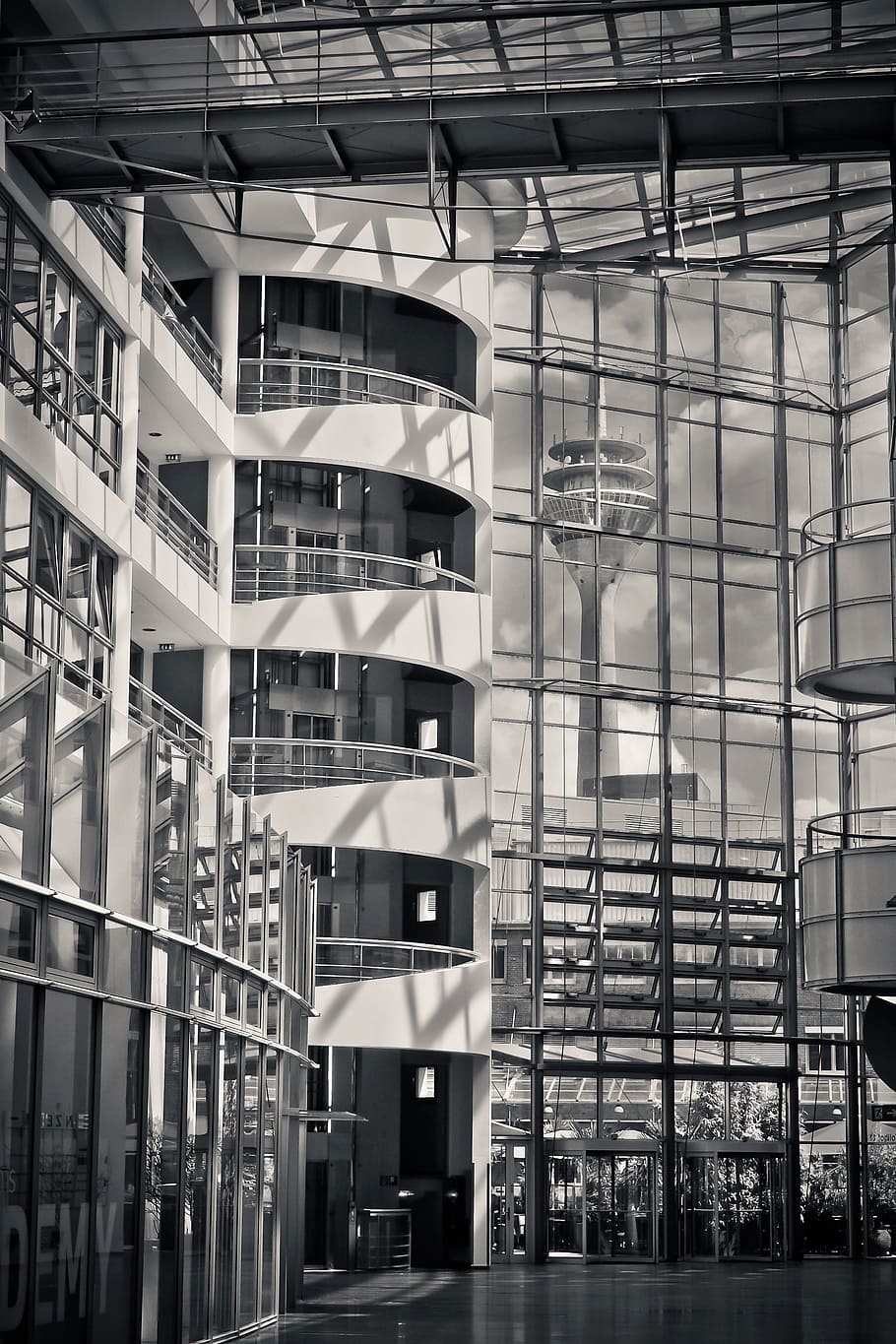
We must emphasize on developing smart cities that are sustainable, effective, and livable since cities in India continues to expand rapidly. The contribution of architectural and interior design to the physical environment of these cities is an essential component of this initiative.
Any urban development project must include both architecture and interior design. They significantly impact how a city’s structures and public spaces are organized, how they work, and how they feel. This is of crucial importance in the context of smart cities because these areas’ designs must combine various technological advancements and innovations to facilitate a seamless and interconnected urban experience.
One of the critical challenges in designing intelligent cities is balancing the need for technology with the need for sustainability and livability. While innovative technologies can improve efficiency, reduce waste, and enhance safety and security. But, they can also negatively impact the environment and quality of life if not carefully integrated into the urban fabric.
To address this challenge, architects and designers must focus on creating buildings and public spaces that are functional, technologically advanced, and aesthetically pleasing. Moreover, they need to be responsive to the community’s needs. Achieving this requires profound understanding of the city’s cultural, social, and economic context. Furthermore, architects and designers must be able to anticipate and adapt to changing needs and trends.
The project incorporates numerous advancements, such as an intelligent grid system to accomplish this goal. Additionally, it features centralized traffic control mechanisms and a waste management system that utilizes biogas for electricity production. These advancements demonstrate GIFT City’s commitment in embracing innovative solutions for a more sustainable future.
In addition, the project has prioritized creating easily accessible, secure, and appealing public places. Traditional Indian architectural features, such as courtyards and arcades, are incorporated into the design of the buildings and streetscape. While also utilizing current materials and technologies to produce a modern urban setting.
These are just a few facets where innovative city design principles can be applied. We expect to see even more innovative applications of these principles as smart cities develop.
Transport Management: Cities face a severe issue with traffic congestion. A solution to this problem is the well-functioning public transport system. To encourage more inhabitants to use public transport, design is crucial in assuring accessibility, safety, multimodal integration, and investment in supplementary urban spatial improvements such as subways and underground metro stations.
Access to connectivity and information: By implementing the state-of-the-art wired and wireless connectivity with the highest level of bandwidth and the ability for improvisation. Smart cities must represent the pinnacle of information connectivity and accessibility. Information technology development should offer inhabitants broad accessibility at no or little cost. The information system architecture also gains importance to guarantee interoperability between IT systems, physical infrastructure, and built environment.
Safety and Privacy: Designers must identify safety requirements in the integrated design process to create secure structures and public areas. With the rapid development of technology, the link between natural and digital environments has been reimagined. Internet adoption and user privacy concerns have reinforced the need for a data protection framework. The Personal Data Protection Bill proposes that public information systems must have a policy for using personal data with people’s agreement.
Sustainability: A smart city’s amenities should be built to minimize negative consequences of climate change and reduce the carbon footprints. For instance, eco-friendly features like solar energy, rainwater collection systems, smart meters, etc., should be incorporated into residential and commercial projects. According to a report by the NDRC (Natural Resources and Defence Council) and ASCI (Administrative Staff College of India), India may save 3,453 terawatt-hours of electricity in 2030 by adopting strict building efficiency rules and participating in programs for grading commercial buildings. Energy efficiency will be the main factor in meeting India’s objective of decreasing greenhouse gas emissions by 33-35 per cent below 2005 levels of its GDP by 2030.
Creating sustainable, practical, and livable urban settings depends upon the contribution of architecture and interior design by developing smart cities in India. Architects and designers can develop buildings and public spaces that are practical, compelling, visually beautiful, and sensitive to the demands of the community by fusing intelligent technologies with conventional and modern design aspects.
Prioritizing the development of smart cities that are planned to be sustainable, practical, and livable will become more crucial as India continues to urbanize and expand. We can design urban environments that are technologically cutting-edge, culturally rich, socially linked, and environmentally sustainable by concentrating on how the architecture and interior design shape these cities.
The author is the Principal Architect at ACad Studio.